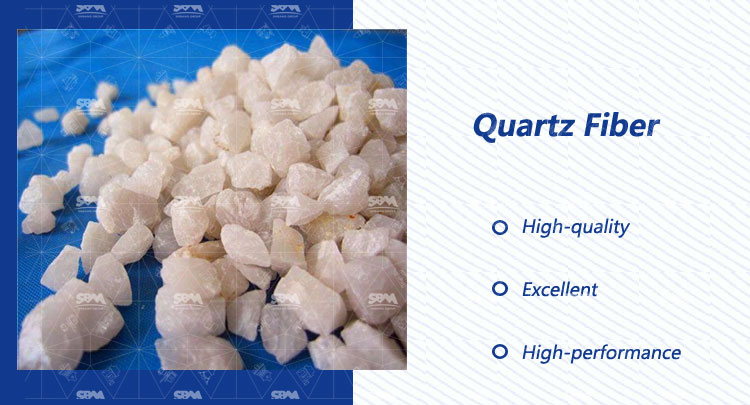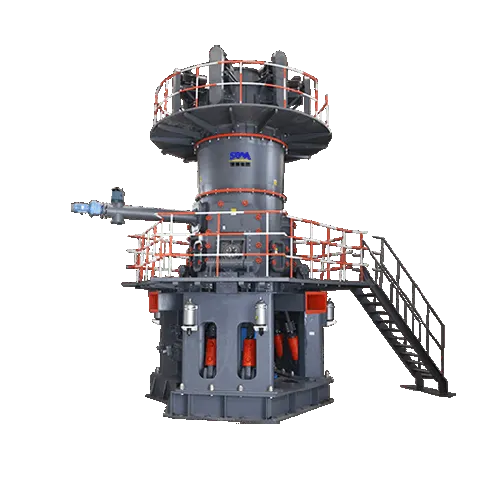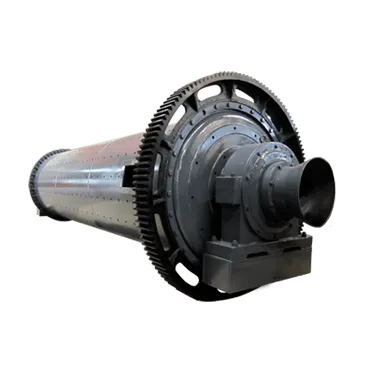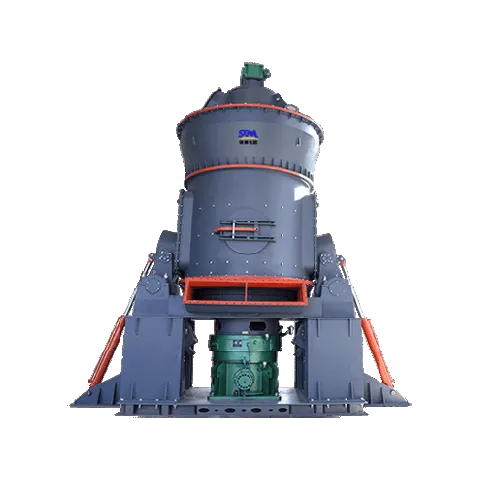Summary:The radome is an important part of the warhead of the guided weapon, and it is also a barrier to protect the antenna system from the harsh aerodynamic environme
The radome is an important part of the warhead of the guided weapon, and it is also a barrier to protect the antenna system from the harsh aerodynamic environment caused by high-speed flight and to carry out signal transmission normally. All-in-one piece.
For missile radome materials, the ceramic matrix composite material system can meet the performance requirements of mechanics, heat, and dielectric properties at the same time. In terms of mechanical properties, continuous fiber reinforced ceramic matrix composites can not only greatly improve the brittleness of ceramic materials and improve their mechanical properties, but also effectively improve the structural reliability and thermal shock resistance of radome. Considering the dielectric properties and process cost, quartz fiber and BN fiber are ideal choices for continuous fiber-reinforced ceramic-based wave-transparent composites. Among them, quartz fiber reinforced ceramic matrix composites are currently the most common wave-transparent composites.
What Is Quartz Fiber
Quartz fiber is a white, soft, lustrous and weavable filament, which has excellent physical and chemical properties and is a high-quality inorganic fiber material. Quartz fiber is a special glass fiber filament with a diameter of 1-15 μm drawn from high-purity silica quartz stone after high-temperature melting. It has high heat resistance and can be used for a long time at a high temperature of 1050 ° C. It is used as an ablation material at a temperature of about 1200°C. The melting point of quartz fiber is 1700°C, and its temperature resistance is second only to carbon fiber. At the same time, because quartz fiber has excellent electrical insulation, its dielectric constant and dielectric loss coefficient are the highest among all mineral fibers.
Quartz Fiber Characteristics
Quartz fiber is a kind of high-performance inorganic fiber, and its raw material is high-purity silica or natural quartz crystal. It maintains some of the properties and characteristics of solid quartz, is a good high temperature resistant material, and can be used as a reinforcement for advanced composite materials. The purity of quartz fiber is very high (≥99.9%), which makes it have some good characteristics, such as strong ablation resistance, good temperature resistance, low thermal conductivity, high chemical stability, and excellent dielectric properties.
It maintains some characteristics and properties of solid quartz, is an excellent high temperature resistant material, and can be used as a reinforcing phase of advanced composite materials. The SiO2 mass fraction of quartz glass fiber is as high as 99.9%. The high temperature resistance is higher than that of high silica fiber, the long-term use temperature can reach 1200 ℃, the softening point temperature can reach 1700 ℃, and it has high electrical insulation performance, ablation resistance, thermal shock resistance, excellent dielectric properties and good chemical properties. stability etc. Therefore, quartz fibers have important uses in military, national defense, aviation, and aerospace industries, and can be used to manufacture rocket vents, aerospace thermal protection devices, etc.
Preparation Method Of Quartz Fiber
The raw material used for quartz fiber is high-purity silica or natural quartz crystal, which has a high melting point (up to more than 1700 °C). Therefore, the preparation method of quartz fiber has particularity. At present, it mainly includes two methods: direct melt drawing method and rod drawing method. Here, the rod drawing method is taken as an example to briefly introduce its preparation process and experimental equipment.
First put the raw crystal or pure silica powder into a vacuum pressurized resistance furnace, melt it and draw it into a thin rod (about 2mm in diameter). When drawing, first coat a layer of wetting agent on the quartz fiber, and then Place it in an electric heating or hydrogen-oxygen flame environment for wire drawing operation, so that the raw filaments with a single filament diameter of about 8 μm can be obtained. Finally, the fiber precursors are plyed and twisted to obtain fiber yarns or fiber fabrics.
Among them, the specific process of wire drawing can be briefly described as follows: liquid high-temperature quartz drips from the bottom of the quartz rod, and the wire drawing machine maintains a constant rotation speed, thereby drawing and solidifying the fibers to form continuous fibers. The lower part of the quartz rod forms crescent-shaped filaments called "silk roots". It should be pointed out that the temperature of the fiber monofilament will drop significantly after being pulled out, and this effect will have some impact on product performance.
Those fibers drawn from the wire drawing machine have high strength, but their corrosion resistance is poor. Once exposed to the air, they may be corroded in a short period of time, thus bringing difficulties to their collection. It is for this reason that in the actual process, it is necessary to apply a sizing agent to the surface of the fiber during the fiber drawing process to prevent fiber breaking and flying, which in turn helps to ensure the normal progress of the drawing operation.
Read More About Quartz,
Electronic Communication Function Filling Materials And Market Demand



